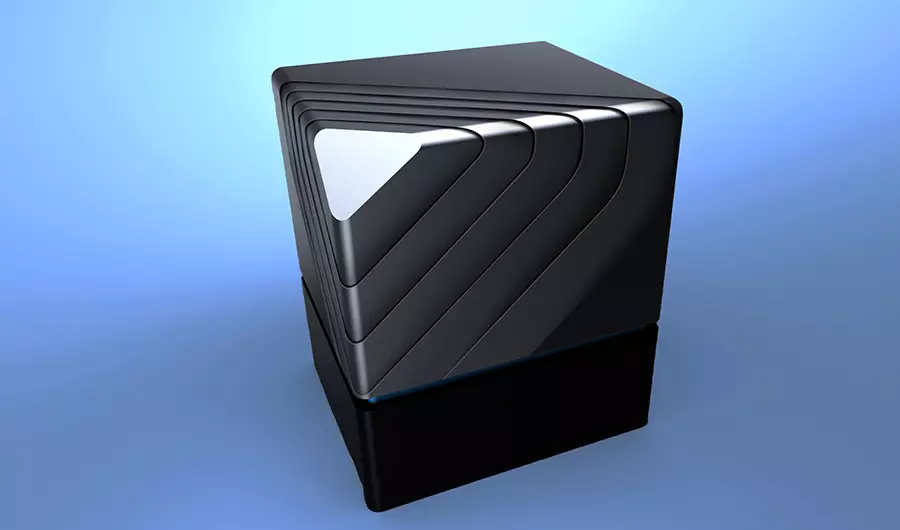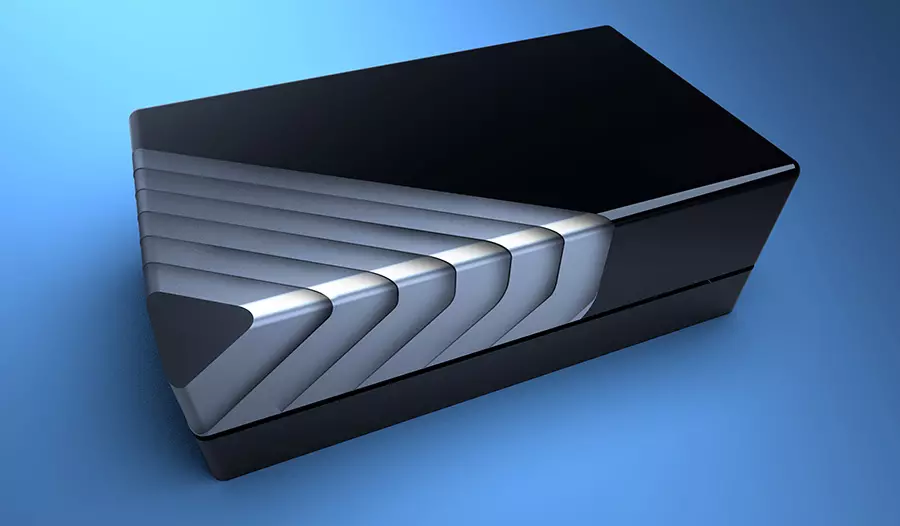Toyota Motor Corporation wants to accelerate the global transition to the "Hydrogen Society".
Akio Toyoda, executive director of the Japanese giant, had already stated this before and is now giving yet another sign of openness to the sharing of Fuel Cell technology — or, if you prefer, fuel cell — to accelerate the dissemination of this technological solution.
A sign that resulted in the development of a "hydrogen box". It is a compact module, which can be purchased by any brand or company, to be used in the most varied applications. From trucks to buses, passing by trains, boats and even stationary power generators.
Hydrogen. encourage the market
There are several countries that are encouraging the transition of companies to hydrogen, as a means of energy storage and production, with a view to reducing CO2 emissions and combating climate change. As a result of this incentive, many companies need to acquire and adopt the Fuel Cell (fuel cell) technology in their products.
In practice, it is about making available, in a simple and systematic way, the technology that we find, for example, in Toyota Mirai and SORA buses — produced in Portugal by Caetano Bus.
Subscribe to our newsletter
Two types of "hydrogen boxes" are available:
| Vertical type (Type I) | Horizontal type (Type II) | |
|---|---|---|
| outward appearance | 
| 
|
| Dimensions (length x width x height) | 890 x 630 x 690 mm | 1270 x 630 x 410 mm |
| Weight | Approximately 250 kg | Approximately 240 kg |
| classified output | 60 kW or 80 kW | 60 kW or 80 kW |
| Voltage | 400 - 750 V |
The sale of Toyota's "hydrogen boxes" will start in the second half of 2021. The Japanese brand even waived royalties on its Fuel Cell technology, so that all brands and companies can use it without restrictions.
What's inside the hydrogen boxes?
Inside Toyota's cases we find a fuel cell and all of its components. All ready to use and powered by hydrogen tanks — which are not provided in this module.

From the hydrogen pump to the cooling system, not forgetting the energy flow control module and, of course, the fuel cell where the “magic happens”. Let's find all these components in this plug-and-play solution from Toyota.
With this solution, all companies that are thinking of entering this market segment no longer have to develop their own Fuel Cell technology. It seems like a good deal to exchange the investment of millions of euros in an internal R&D department for a ready-to-use box, don't you think?
